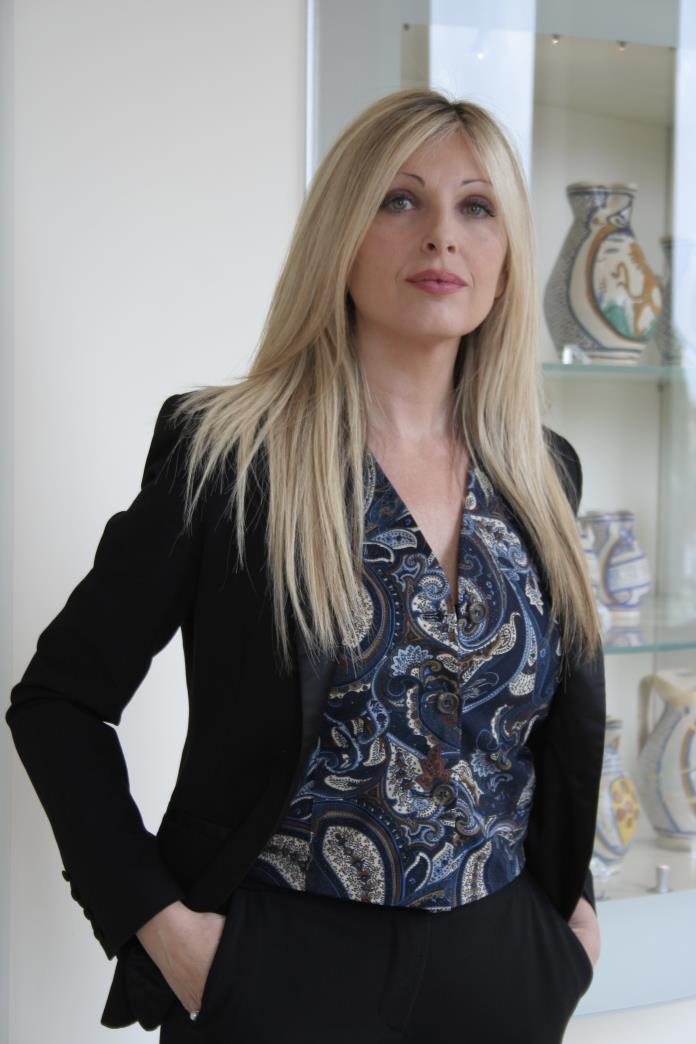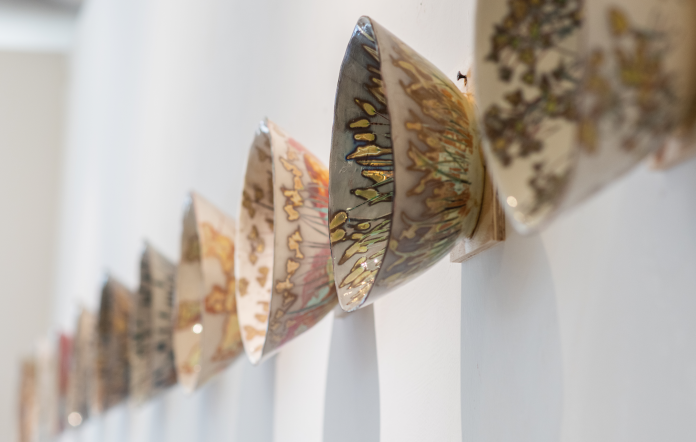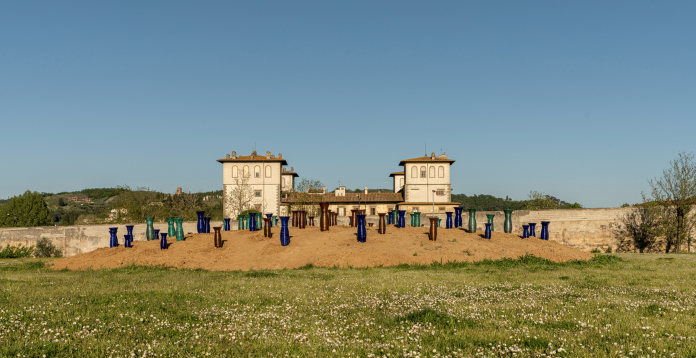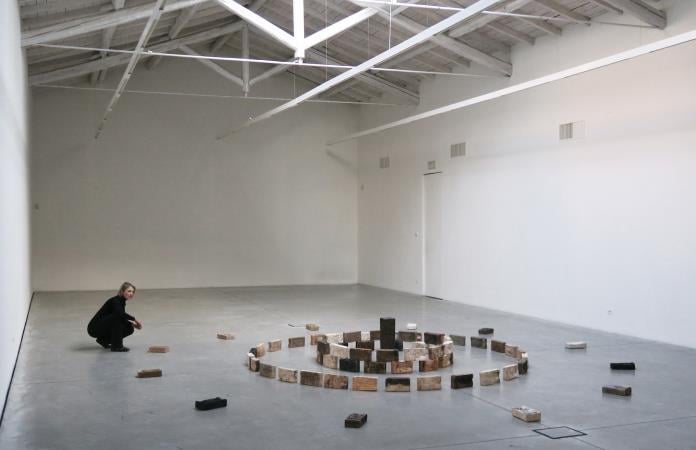In this interview, Benedetta Falteri tells us what the new edition of the festival will look like and announces the construction of a ceramics cultural park in Tuscany
In Tuscany, a historic date has been extended: until June 18th Montelupo Fiorentino is theater of pottery, a festival in its 30th year that offers the best of traditional and contemporary production with a market, exhibitions, workshops and laboratories for adults and children, and installations spread throughout the territory. We asked the artistic director to tell her story Benedetta Falteri, at the head of the Montelupo Museum Foundation, the heart of this district of the ceramic system par excellence, which includes both public and private spaces such as the Ceramic Museum, the Archaeological Museum, the Experimental Ceramic Center, the workshops and ateliers , the Bitossi Archive, the Atelier by Marco Bagnoli. A complex and articulated reality that carries out important projects of international residencies and contemporary art interventions in the region: over the years Ugo la Pietra, Loris Cecchini, Bertozzi & Casoni, Fabrizio Plessi, Lorenza Boisi, Chiara Camoni and Claudia Losi have all worked with David Casini, Matteo Cibic, Duccio Maria Gambi and Marco Bagnoli. Here is the interview with the director announcing the construction of a ceramics cultural park.

The Ceramica Festival is entering its 30th edition. What’s the matter?
For Montelupo Fiorentino, Cèramica is an event with a strong identity. Its debut in 1993 followed a few years after the inauguration of the first nucleus of the Ceramics Museum (1983), which in turn owes its birth to the discovery of a magical place 50 years ago. The history of Montelupo pottery as we know it today thanks to years of archaeological research and studies by the Montelupo Archaeological Group and Fausto Berti, former director of the Montelupo Museum, dates back to the accidental discovery in 1973. of the Pozzo dei Lavatoi, an ancient well that served as a dumping ground for the medieval and Renaissance ovens, active in the area of the oldest nucleus of the city near the castle, proving to be an exceptional source of finds whose more than 30 years old investigation unearthed a story that was literally buried for centuries. The festival was created to celebrate this identity.
The content will follow

How do you sum up these first 30 years?
Recent editions of the festival, including those transformed into the widespread Cèramica OFF program due to the pandemic, have been characterized by a specific planning of contemporary visual arts. Cèramica has hosted historical exhibitions and artistic residencies aimed at Montelupo Fiorentino’s Cantieri d’Arte, curated by Christian Caliandro, producing site-specific works or works for the museum’s contemporary collection. Then there is the tourist component and the economic side effects, which for a city of this size very close to Florence (just over 20 minutes by train from the city center) are certainly not negligible. Cèramica is a showcase for the producers and artists of the Montelupo Fiorentino region and the neighboring areas. It is a festival that creates, designs and produces together with the curators, artists and craftsmen most of its content and creates opportunities for related experiences to ceramics, suitable for many audiences, from families to professionals.

What kind of cultural action does the foundation you manage carry out in Montelupo?
We care about enhancing the region’s high quality ceramic manufacturing tradition by facilitating a virtuous collaboration between companies, public bodies, universities, artists, designers and various professionals in a contemporary perspective. The Fondazione Museo Montelupo has developed the theme of “Cantieri d’Arte” in this direction: our residencies will take place in the ceramic workshops of Montelupo and in the Scuola di Ceramica and will be open to the participation of citizens and visitors through workshops and lectures and meetings with the artists who develop their research together with the artisans.
The creation of a cultural park is planned for the three-year period 2022-2024…
The project develops one of the main objectives of the Montelupo Museum Foundation’s multiannual program focused on the construction of a cultural park dedicated to ceramics, which will ensure the integrated management of all cultural, economic, educational and artistic resources. The park wants to include the most emblematic places of Montelupo ceramics to create a comprehensive program with high cultural content and active participation of citizens and associations. A selective occupation of urban spaces in direct connection with the outskirts of the village of Montelupo, which aims to restore their role and vitality through artistic and performative interventions and workshops that meet between disciplines.

How is it organised?
There will be itineraries for visits and sharing of all the public and private ceramic spaces of Montelupo, starting from the Palazzo Podestarile, seat of the Museo della Ceramica until 2008 and today the subject of a refunctionalization and restructuring project that includes the access point in the Cultural Park of the pottery. From this area, which will house the museum’s temporary exhibitions, the archaeological collections with a restoration laboratory, the modern and contemporary collections and the kiln, all the Montelupo ceramic routes start. These will include museums, private collections, ceramic workshops, site-specific urban art routes, teaching and training venues, artists’ studios, temporary exhibitions, classrooms, archaeological research rooms and the museum’s artist residencies.
Claudia Giraud